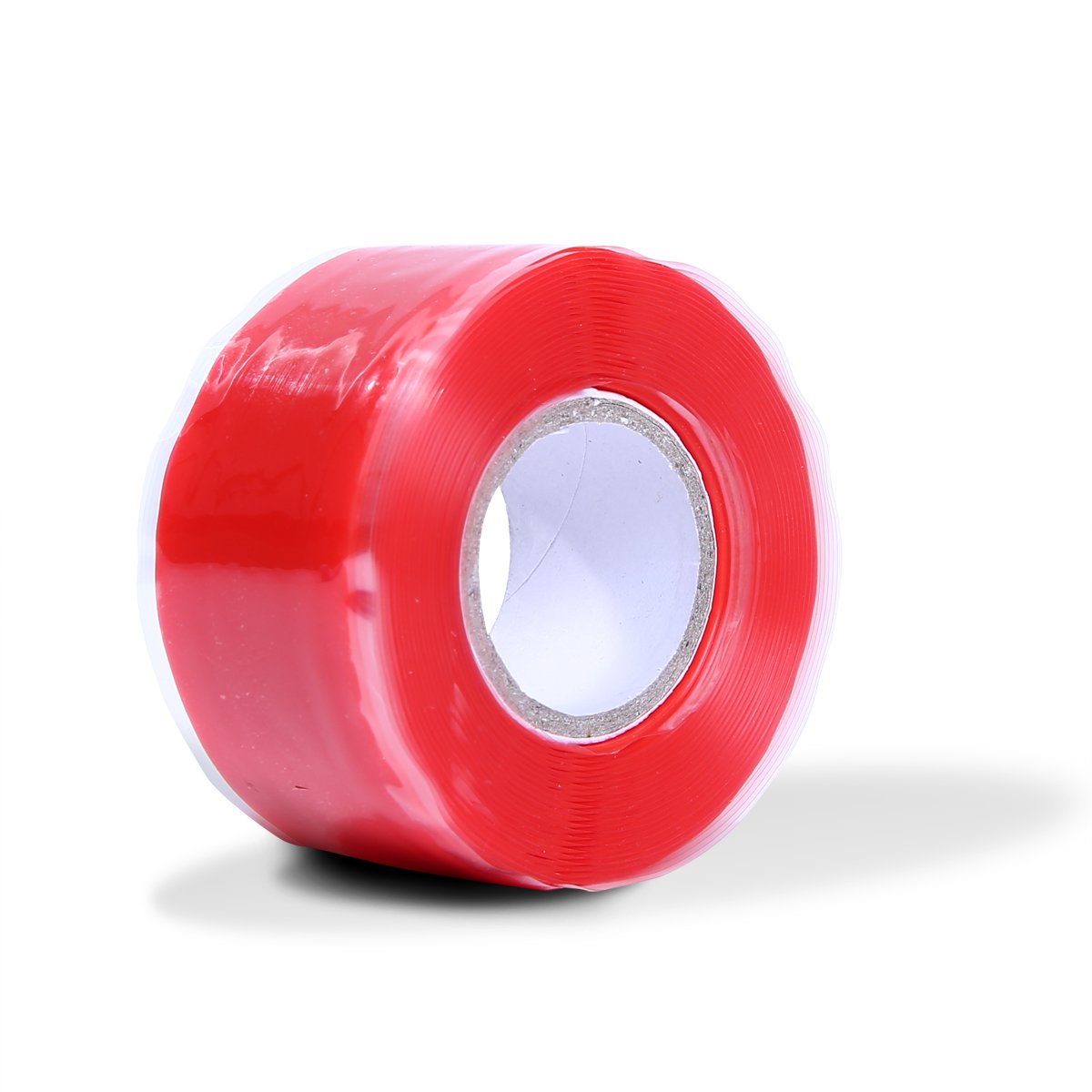New research finds new targets for the treatment of type 2 diabetes
September 06, 2016 Source: Bio Valley
Window._bd_share_config={ "common":{ "bdSnsKey":{ },"bdText":"","bdMini":"2","bdMiniList":false,"bdPic":"","bdStyle":" 0","bdSize":"16"},"share":{ }};with(document)0[(getElementsByTagName('head')[0]||body).appendChild(createElement('script')) .src='http://bdimg.share.baidu.com/static/api/js/share.js?v=89860593.js?cdnversion='+~(-new Date()/36e5)];
Researchers have long known that insulin resistance is associated with multiple organ insulin receptor defects, including the liver.
Â
Recently, researchers from Yale University in the United States have screened more than 600 genes encoding proteins using large-scale RNA interference. They found that the gene encoding MARCH1 impairs the insulin signaling pathway by promoting degradation of the cell surface insulin receptor. MARCH1 is increased in expression in obese individuals, and the researchers believe that this molecule may be a potential target for the treatment of type 2 diabetes.
Â
The relevant research results are published in the international academic journal Nature Communication.
Â
It is well known that insulin resistance is a key driver of type 2 diabetes, and insulin receptor signaling defects are an important feature. Although down-regulation of insulin receptors on the cell surface is a known contributor to insulin resistance, scientists are still unclear about the molecular mechanisms involved.
Â
In this study, the researchers found that the E3 ubiquitin ligase MARCH1 blocks insulin action by promoting cell surface insulin receptor degradation. Through a wide range of RNA interference screening, they found that MARCH1 is a negative regulator of the insulin receptor pathway. Inactivation of MARCH1 gene enhances insulin sensitivity in the liver of mice, whereas overexpression of MARCH1 reduces hepatic insulin sensitivity.
Â
MARCH1 down-regulates cell surface insulin receptor levels by promoting ubiquitination of the insulin receptor, but unlike other insulin receptor ubiquitin ligases, MARCH1 can function under basal conditions, rather than after insulin signal activation. MARCH1 can therefore help set the basal level of insulin signaling. In addition, the researchers also found higher expression of MARCH1 in white adipose tissue of obese individuals.
Â
Currently, type 2 diabetes is becoming more and more popular worldwide. This study suggests that MARCH1 can promote the pathological process of type 2 diabetes and may be a potential therapeutic target.
Self Fusing Silicone Tape
Self fusing silicone tape
Description:
Self fusing silicone tape is based on silicone rubber material, has super strong strength and elasticity, shocking self fusing ability. It is corrosion-proof, can resist high and low temperature which ranges from -60 degree C to 260 degree C. Also has high resistant to harsh solvents, chemicals, UV. Superior water and air tight sealing performance. Can stand high pressure and voltage, easy to apply.
Applications:
Widely used to protect control cables, gear cables, coolant pipes, air conditioning and ventilation pipes, fuel hoses and heat sensitive parts, water pipes, water tap etc.
Colors:
Red, white, transparent, black, yellow, green, blue, orange.
Thickness: can ranges from 0.3mm to 1mm. Among them 0.5mm thick is the most popular because of it`s high cost performance.
Sizes:
25mm/50mm by 1meters, 1.5meters, 3meters, etc.




Self fusing silicone tape,Self fusing tape,silicone self fusing tape,self fusing silicone rubber tape
Kunshan Jieyudeng Intelligent Technology Co., Ltd. , https://www.jerrytape.com



